Author: Max Fagin
Purpose of EVA: Geological sampling of the Greenstone Rd. area and continuing the search for hematite blueberries
Destination: South of Greenstone Rd
UDM27 Coordinates:
520000 E: 424850 N
Participants: Max Fagin (Commander), Kshitij Mall (Executive Officer), Cesare Guariniello (Geologist), Justin Mansell (Journalist), Mark Gee (GreenHab Officer).
Narrative: We reformatted the EVA after suiting up and a radio conversation with Shannon to be an exclusively geological EVA, and delay the navigation component to a later EVA (we previously misunderstood the EVA rules about crew members separating into teams after departing the hab, and how this would technically constitute two separate EVAs). We departed the Hab at 11:10 and arrived on site at 11:48. We walked a long counterclockwise loop around the area searching the ground and occasionally stopping for spectral samples with Cesar’s portable spectrometer, and for the first time, with the portable laser spectrometer that had been generously lent to us by NASA Ames. Despite spending 3 hours on site and seeing many interesting geologic features, we did not find any of the hematite blueberry deposits that are reported to be in this area. We stopped at the Kissing Camels feature on the way back to sample a layer of Dakota Sandstone from the Cretaceous period and returned to the Hab at 14:30.
I expected a 5 person EVA to only be ~20% harder than our more typical 4 person EVA, but in reality, my impression is that they are ~50% harder. In addition to requiring multiple press/depress cycles, the 5th crew member requires an extra vehicle and more room than is easily available in the suit up area. We will probably stick to the conventional 4 crew EVAs in the future. That really does seem to be the perfect number.
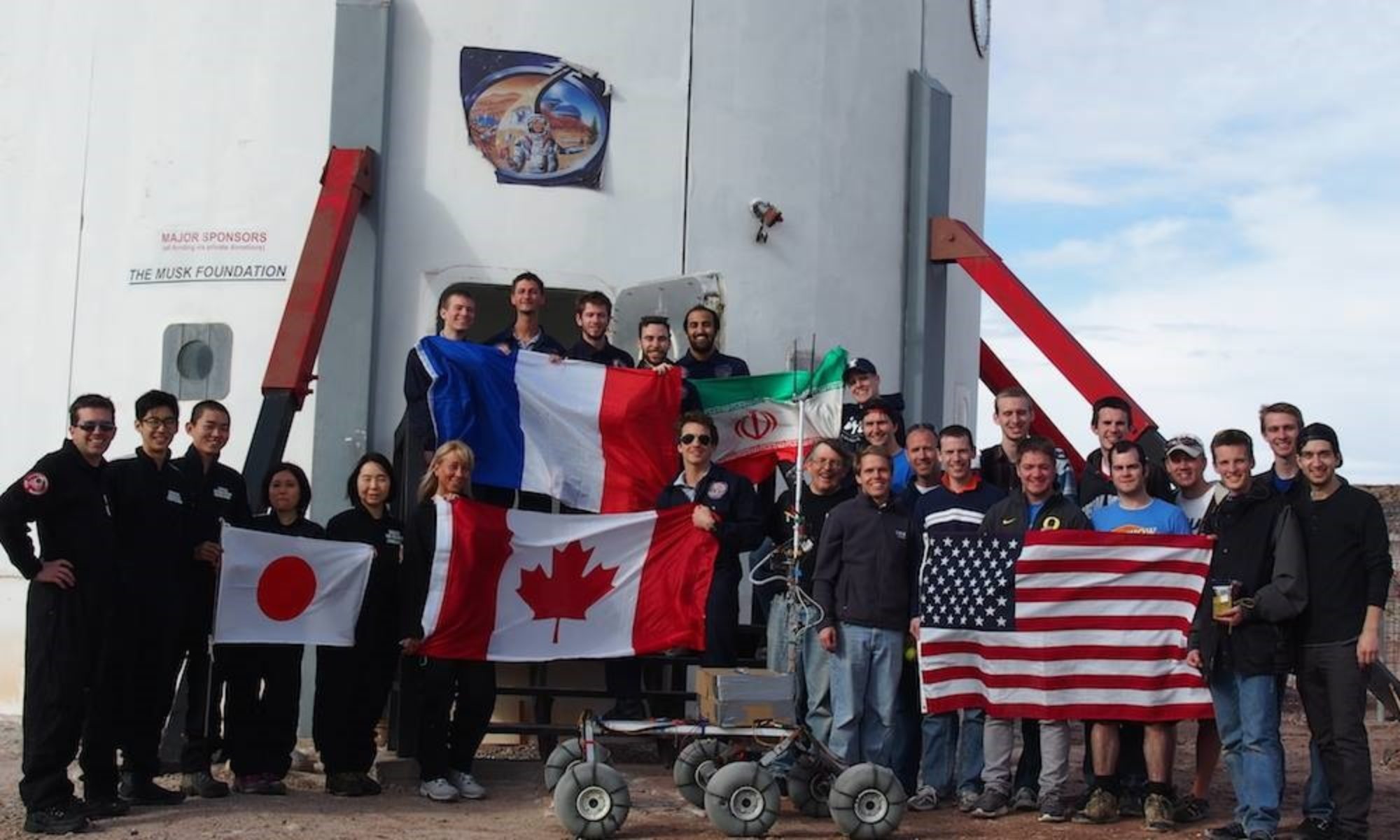

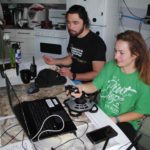
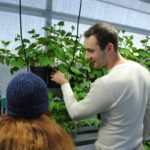
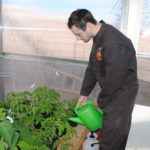
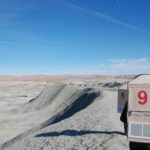
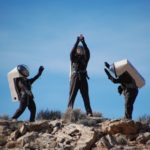
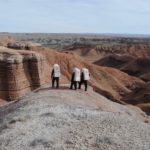
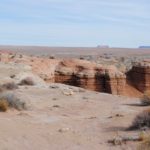
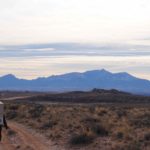
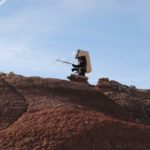
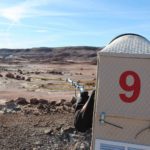
You must be logged in to post a comment.